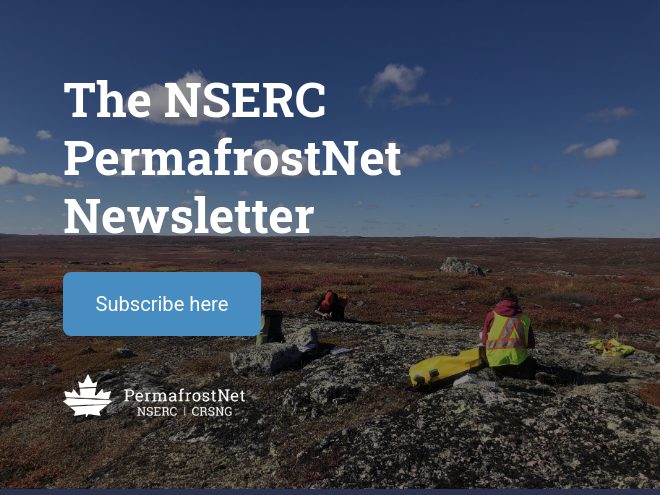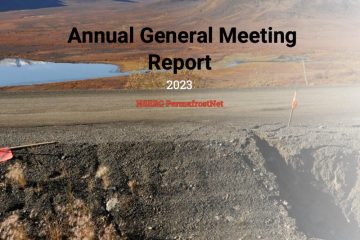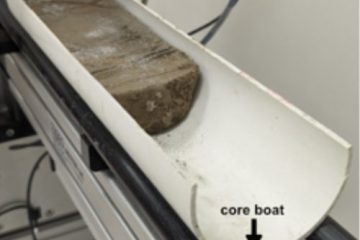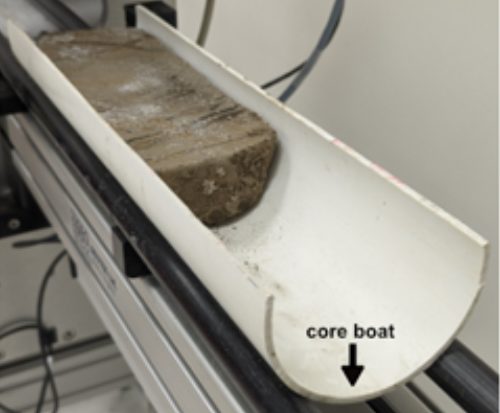Astrid Schetselaar will be presenting Climate change induced increases in maintenance costs for Yukon highways, 1994–2022.
Date: 17 April 2024
Time: 13:00-14:00 Eastern Time
Location: Zoom (details are posted in our Teams site).
Transportation networks in Canada’s North are becoming increasingly vulnerable to the impacts of climate change. Rising ground temperatures and permafrost thaw have been a cause of road damage as the bearing capacity of the ground is significantly reduced. Hydrological changes may further induce hazards, such as landslides, washouts, and icings (aufeis). Astrid’s presentation will outline a retrospective assessment of climate change-induced maintenance expenditures for highways in Yukon. Changes in costs are linked to climate, physiographic, conditions and underlying permafrost.



















